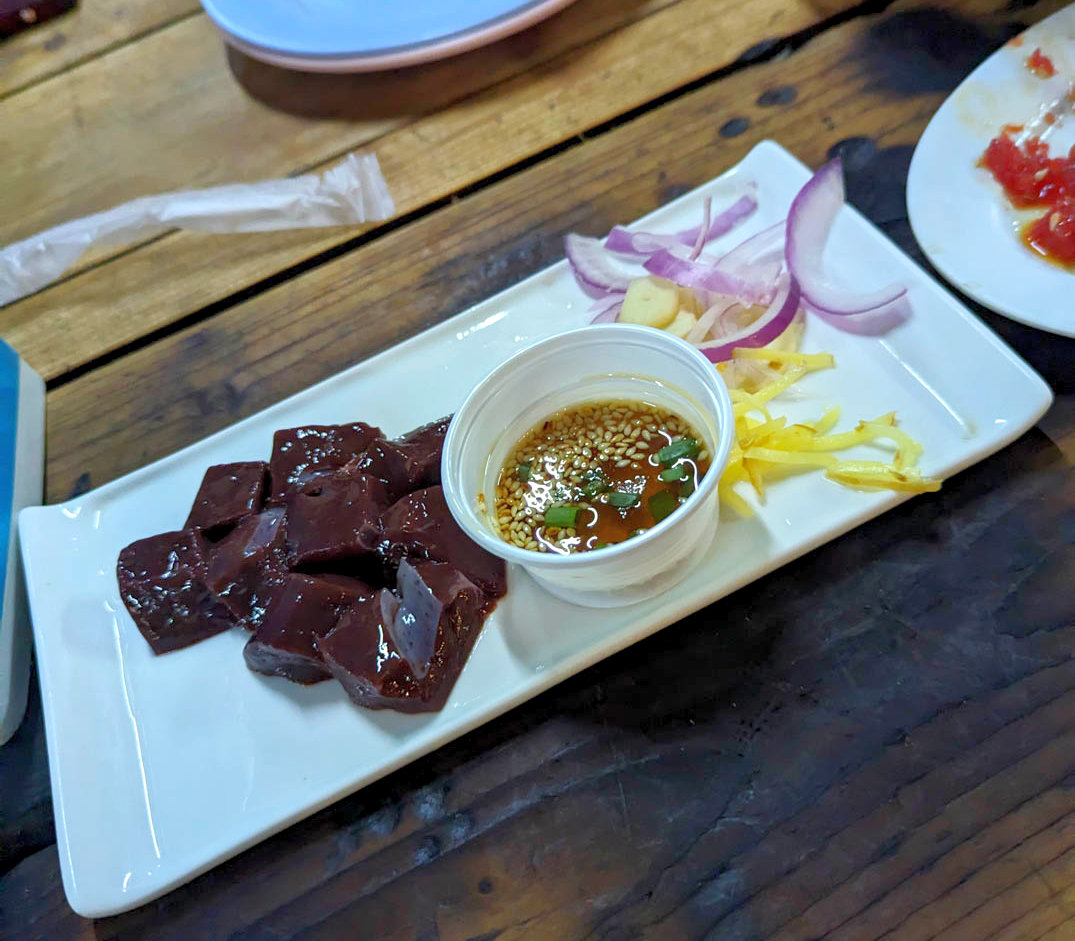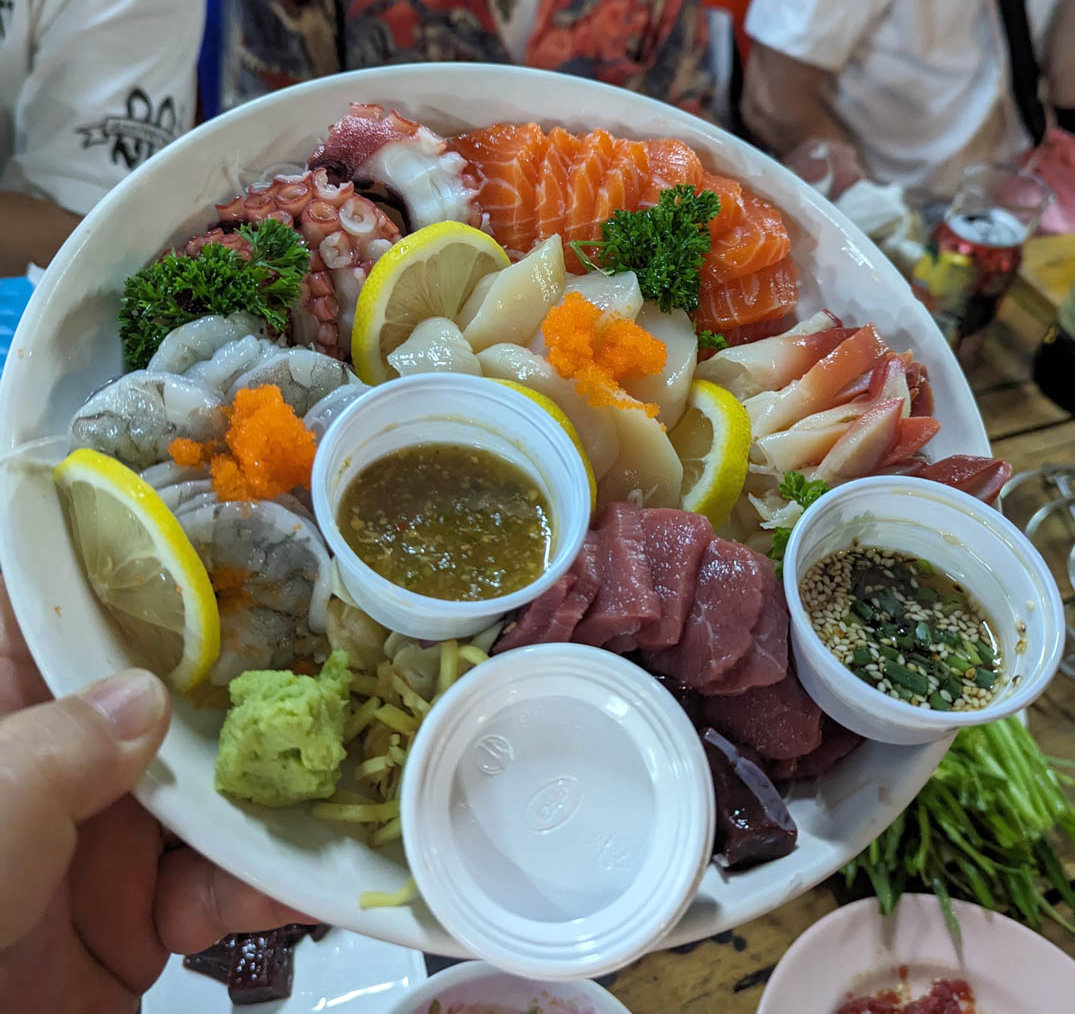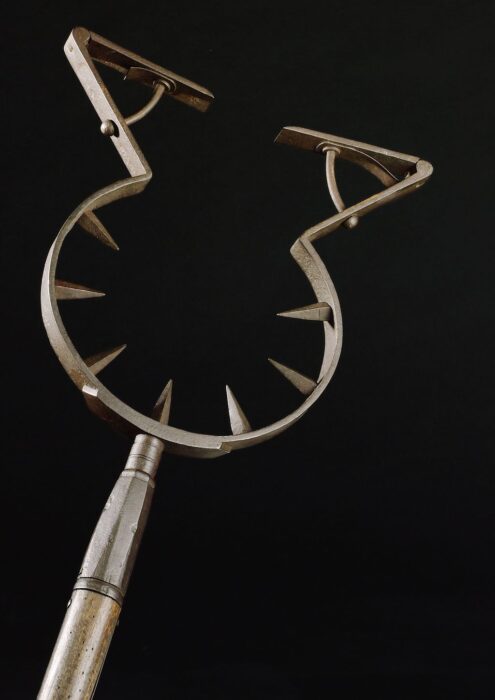If that’s not a cringey Steam profile, I don’t know what is. I’d like to say I registered for Steam on dial-up, but looking back on posts from 2003 just before I signed up*, it was either my first FTTH line (NTT 100Mbps service on a Japanese island 20 years ago!), or Dual ISDN (128 kbit/s and more expensive than the FTTH, if I remember correctly).
I was one of the only Dual ISDN subscribers on Awaji Island according to the techs who installed it. After I upgraded to FTTH and they came by for maintenance, they said I had the fastest hikari (fiber) connection they had seen, as well. I can’t remember all the tweaks we were using, but there were software configs as well as hardware hacks and accessories. Ironically, in those infant days of broadband speed tests, some cable internet company in Yokohama often had the highest scores on the leaderboards!
It was interesting over time to see where broadband expansion flourished. Korea was the leader for a long time. Back home in the states, it was sad to see how slow both the rollout and speed of FTTH was, and how corporate monopolies and weak legislation resulted in terrible service for almost everyone. Over here in Thailand, things took off five or so years after I got here. My very first FTTH provider here was a neighborhood kid who hacked together his own DSLAM in his house (his main cost was keeping the equipment from overheating, he would leave the aircon on all day) and strung lines for subscribers all over the gated community. Back then, almost nobody had a computer (net cafes were in their heyday), but damn, that kid had a sharp business mind (and a miserably hot St. Bernard named Tang Mo). I still see that kid around sometimes; I’m pretty sure he’s running several businesses around town.
*Steam apparently launched on September 12, 2003. I registered within the first month, and a few million users had registered by the end of the first year, according to Reddit. The reason I got on Steam in the first place? To make playing Counter-Strike easier! I never would have thought it would still be so popular (and basically unchanged).










